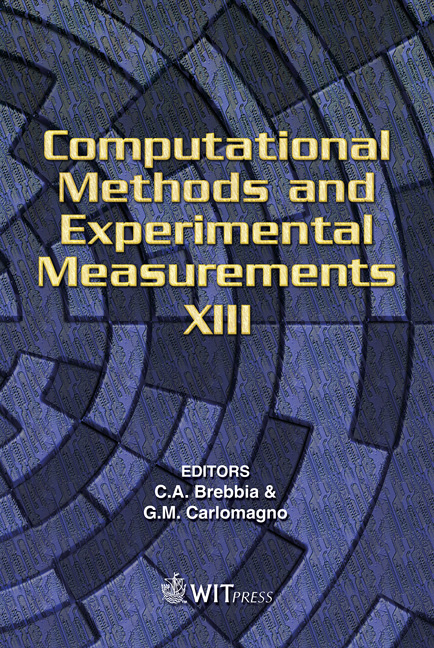Method Of Signal Processing In Passive Infrared Detectors For Security Systems
Price
Free (open access)
Transaction
Volume
46
Pages
12
Published
2007
Size
790 kb
Paper DOI
10.2495/CMEM070741
Copyright
WIT Press
Author(s)
H. Madura
Abstract
This article presents the construction and principle of operation of passive IR detectors (PIR detectors) of a large detection range. An important virtue of these detectors is highly efficient detection of slowly moving or crawling people. The PIR detector described here detects crawling people at a distance of 140 m. High signal-to-noise ratio was obtained by using a larger number of pyroelectric sensors, i.e., by using a larger number of detection zones (channels). The original electronic system for the PIR detector is presented in which DC signal amplifiers from pyroelectric signals are used. In order to ensure large detection ranges, a new method of signal analysis was used. Keywords: PIR detector, security systems. 1 Introduction Main elements of security systems are PIR detectors. In general, detectors operating inside buildings have small detection range, small ranges of working temperature, and relatively simple algorithms of intruder detection. The detectors used for protection of objects or large areas (buildings, airports) have larger detection ranges and complex algorithms of signal processing on which significantly depend the efficiency of their operation. An essential drawback of currently available PIR detectors is low efficiency of detection of slowly moving or crawling people. It is because radiation from such objects is similar to background thermal noise. Moreover, to detect slowly moving or crawling people, the lower limit frequency of a transfer band of PIR detector should be near zero. By fulfilling this condition, increase in lowfrequency noise occurs causing a decrease in the next detector’s sensitivity.
Keywords
PIR detector, security systems.





